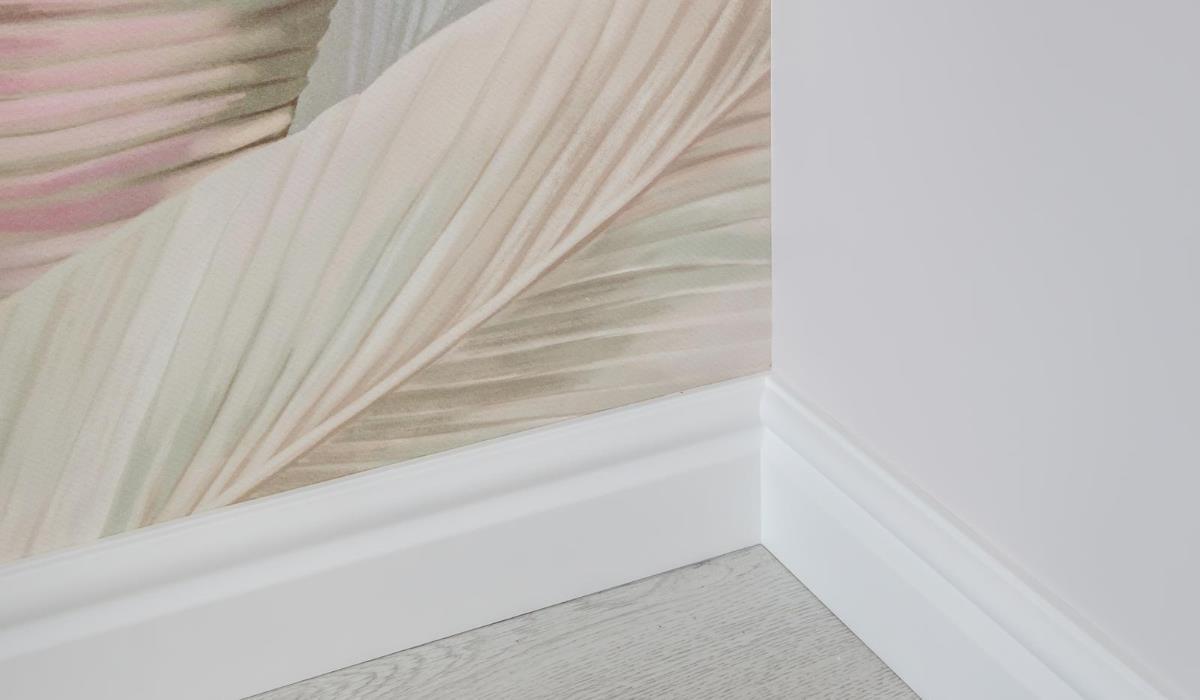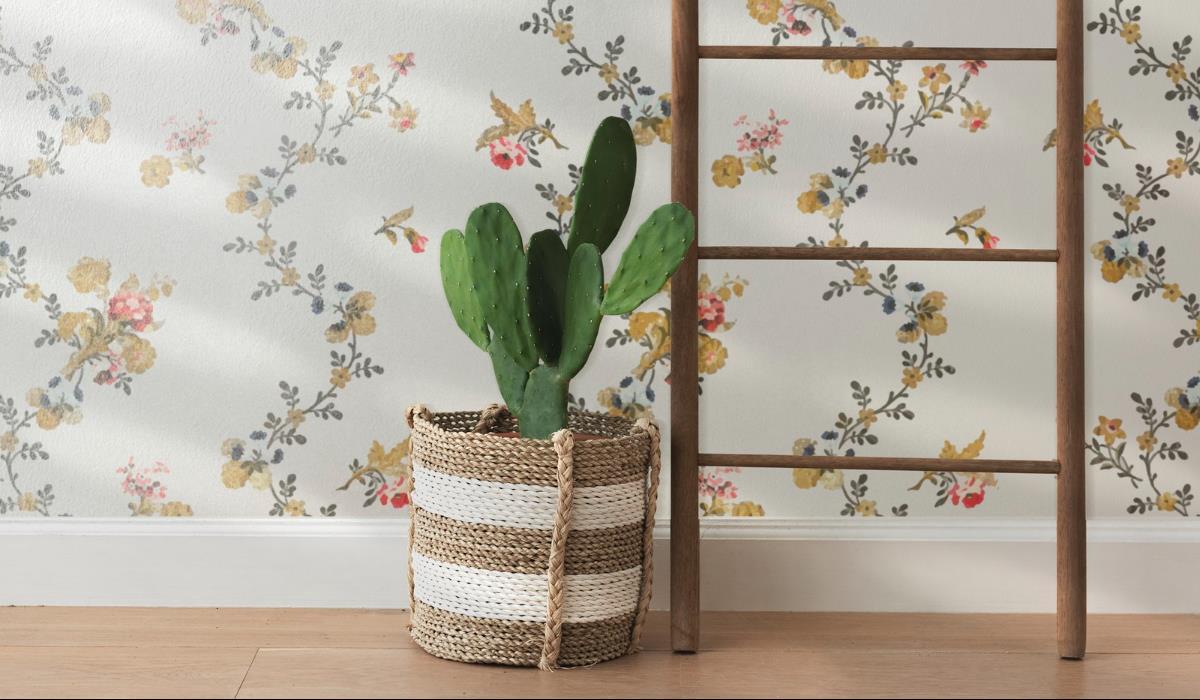Properly done wallpapering of corners will result in aesthetic, straight edges of internal and external corners for a professional finish. Every room has at least four corners, and knowing how to wallpaper them properly means you can match them to the rest of the wall. After all, no one wants a beautifully wallpapered flat wall, ruined by undulating corners.
However, it’s not just corners that require mastery – you need to know how to wallpaper all areas to get the perfect finish when combined with the corners. In this article, we show you how to wallpaper inside and outside corners.
Internal corners
Corner wallpapering is done where two interior walls meet in the corner of a room. First, the measurement is made. If it is not possible to place the full length of the wallpaper in the corner, it is necessary to use a measuring tape. Then the wallpaper is glued to the wall. Stick the wallpaper as usual, then using a brush or wallpaper smoother, smooth it towards the corner and trim off any excess wallpaper that overlaps the adjoining wall, making sure the cut line is straight.
External corners

The wallpapering of the outer corners is similar to the inner corners, with a subtle difference. When approaching a corner with less than the full width of the wallpaper, you need to measure the distance but leave a larger excess – typically 40-50mm. It starts from a corner that has no obstructions such as window frames, doors or light switches. This way you can make a full, uninterrupted length of wallpaper, which will give you a nice straight edge to lay down when you put in the next length.
Important tips for wallpapering
When wallpapering corners, it is important to leave some excess wallpaper, which guarantees a clean finish. In the case of thick and vinyl wallpapers, keeping excess wallpaper can be difficult. In these cases, extra strong paste and a seam roller can be used to keep excess wallpaper in place. However, if the wallpaper starts to come off despite this, you can use wallpaper repair glue. An alternative solution is to remove the excess paste, dry the surface with a clean dry cloth and use painter’s tape to hold the excess wallpaper until the glue dries. While this solution is time consuming, it proves effective when needed.
Corner wallpapering should always include a slight wallpaper overlap. Walls and corners are rarely perfectly straight, so it is important when wallpapering any corner to ensure that our strips of wallpaper remain vertical and parallel to the others. If the wallpaper is cut exactly in the corner, without overlapping, there is a high risk that a gap will appear after the wallpaper dries, exposing the wall. Therefore, overlapping is important, especially when using patterned wallpapers.
Summary

Despite all these tips, mistakes can happen when wallpapering corners. In this case, as a last resort, you can always start by removing the wallpaper and start the process again. But with our advice, we hope that such situations will not happen. Proper wallpapering of corners is crucial for a professional finish of any room. These practical tips will help you achieve a perfect result even in the most difficult corners.



